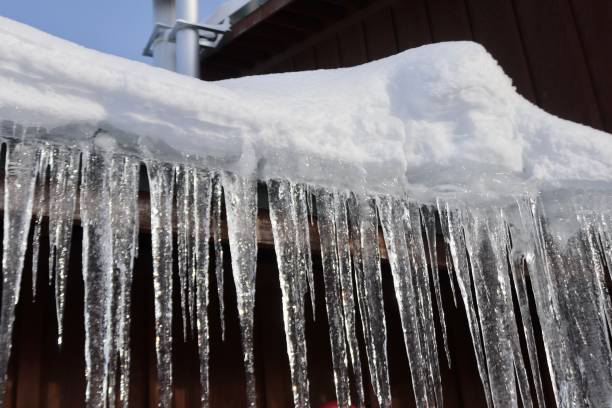Tips to Prevent Frozen Plumbing in Winter: Expert Guidance
Tips to Prevent Frozen Plumbing in Winter: Expert Guidance
Blog Article
How do you really feel in relation to How to Prevent Your Pipes From Freezing?

Cold weather can damage your plumbing, especially by freezing pipes. Below's how to avoid it from happening and what to do if it does.
Intro
As temperature levels drop, the danger of icy pipelines rises, possibly resulting in expensive fixings and water damages. Comprehending just how to avoid frozen pipes is vital for property owners in chilly climates.
Recognizing Frozen Pipelines
What creates pipelines to ice up?
Pipelines freeze when subjected to temperatures listed below 32 ° F (0 ° C) for expanded durations. As water inside the pipes freezes, it expands, putting pressure on the pipeline wall surfaces and potentially causing them to burst.
Dangers and damages
Icy pipelines can bring about supply of water disruptions, residential property damage, and expensive fixings. Ruptured pipes can flood homes and cause extensive structural damages.
Indicators of Frozen Piping
Identifying frozen pipelines early can stop them from rupturing.
How to recognize icy pipes
Seek reduced water circulation from taps, unusual odors or sounds from pipelines, and noticeable frost on subjected pipes.
Avoidance Tips
Protecting at risk pipelines
Cover pipelines in insulation sleeves or make use of warm tape to secure them from freezing temperatures. Focus on pipes in unheated or exterior areas of the home.
Home heating methods
Maintain indoor areas effectively heated up, especially areas with plumbing. Open up closet doors to allow cozy air to distribute around pipelines under sinks.
Protecting Outside Pipes
Yard tubes and exterior faucets
Detach and drain garden hoses before winter. Install frost-proof faucets or cover outside faucets with insulated caps.
What to Do If Your Pipes Freeze
Immediate actions to take
If you think frozen pipes, keep faucets available to ease pressure as the ice thaws. Use a hairdryer or towels soaked in warm water to thaw pipes gradually.
Long-Term Solutions
Architectural adjustments
Consider rerouting pipes far from outside wall surfaces or unheated locations. Include additional insulation to attics, basements, and crawl spaces.
Upgrading insulation
Buy top quality insulation for pipes, attic rooms, and walls. Correct insulation assists keep regular temperatures and decreases the danger of frozen pipelines.
Final thought
Avoiding icy pipelines needs proactive procedures and fast responses. By recognizing the reasons, signs, and safety nets, property owners can shield their plumbing throughout winter.
5 Ways to Prevent Frozen Pipes
Drain Outdoor Faucets and Disconnect Hoses
First, close the shut-off valve that controls the flow of water in the pipe to your outdoor faucet. Then, head outside to disconnect and drain your hose and open the outdoor faucet to allow the water to completely drain out of the line. Turn off the faucet when done. Finally, head back to the shut-off valve and drain the remaining water inside the pipe into a bucket or container. Additionally, if you have a home irrigation system, you should consider hiring an expert to clear the system of water each year.
Insulate Pipes
One of the best and most cost-effective methods for preventing frozen water pipes is to wrap your pipes with insulation. This is especially important for areas in your home that aren’t exposed to heat, such as an attic. We suggest using foam sleeves, which can typically be found at your local hardware store.
Keep Heat Running at 65
Your pipes are located inside your walls, and the temperature there is much colder than the rest of the house. To prevent your pipes from freezing, The Insurance Information Institute suggests that you keep your home heated to at least 65 degrees, even when traveling. You may want to invest in smart devices that can keep an eye on the temperature in your home while you’re away.
Leave Water Dripping
Moving water — even a small trickle — can prevent ice from forming inside your pipes. When freezing temps are imminent, start a drip of water from all faucets that serve exposed pipes. Leaving a few faucets running will also help relieve pressure inside the pipes and help prevent a rupture if the water inside freezes.
Open Cupboard Doors
Warm your kitchen and bathroom pipes by opening cupboards and vanities. You should also leave your interior doors ajar to help warm air circulate evenly throughout your home.

I discovered that page on Preventing and dealing with frozen pipes while doing a search on the search engines. Sharing is good. You never know, you will be doing someone a favor. Thanks so much for going through it.
Call Today Report this page